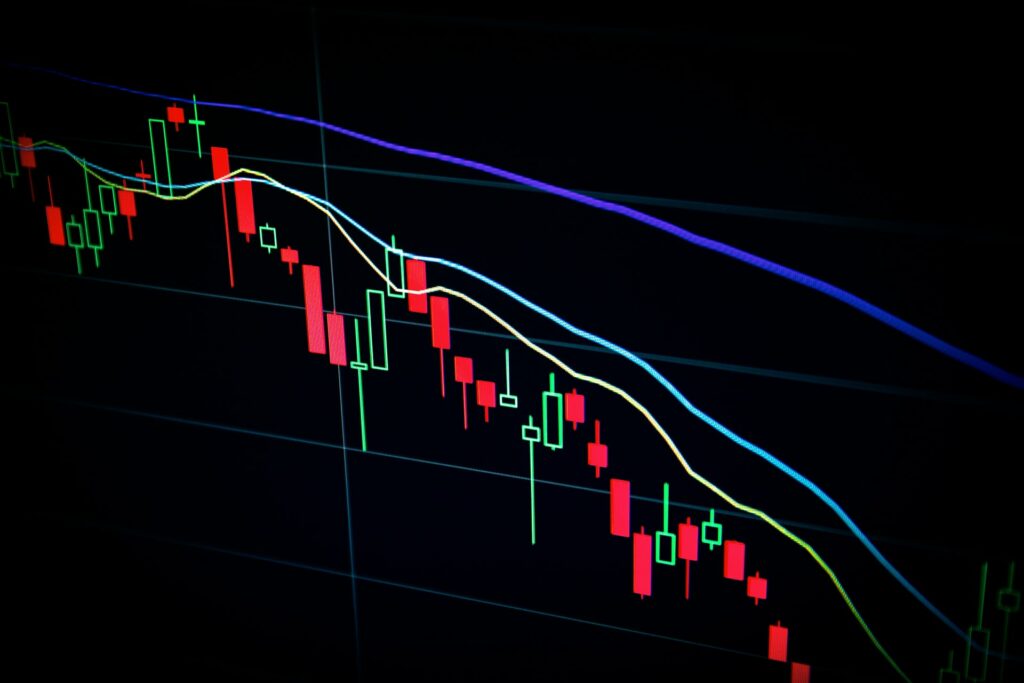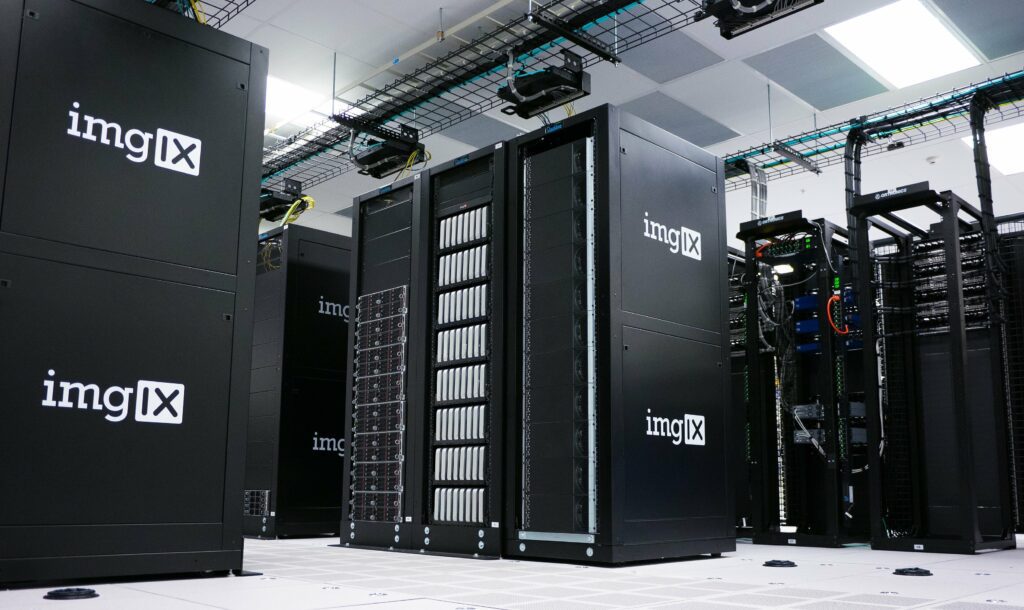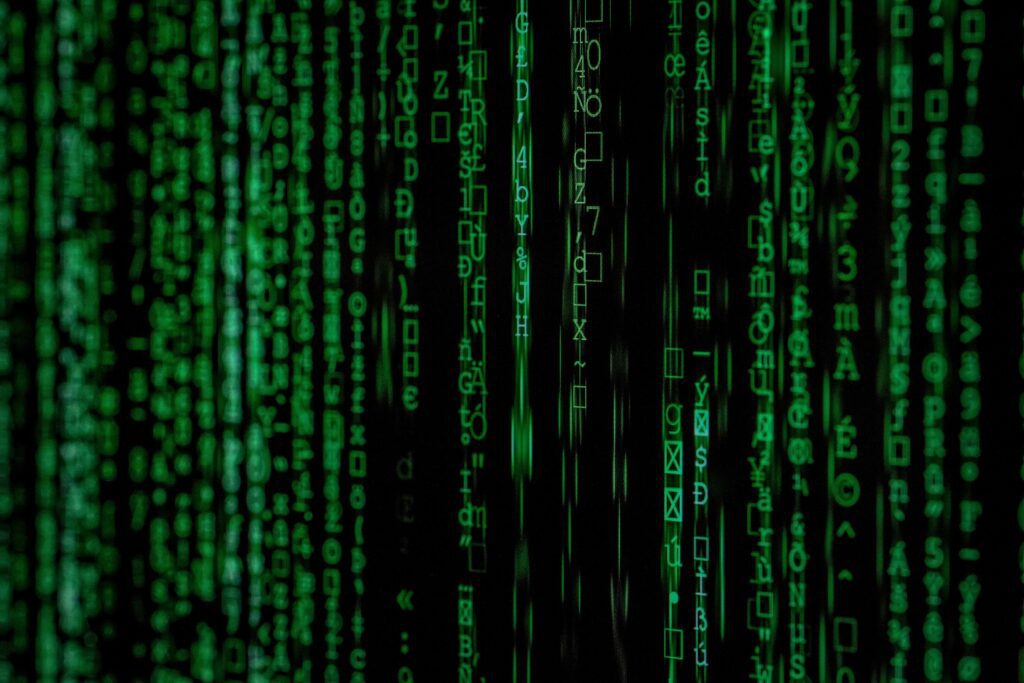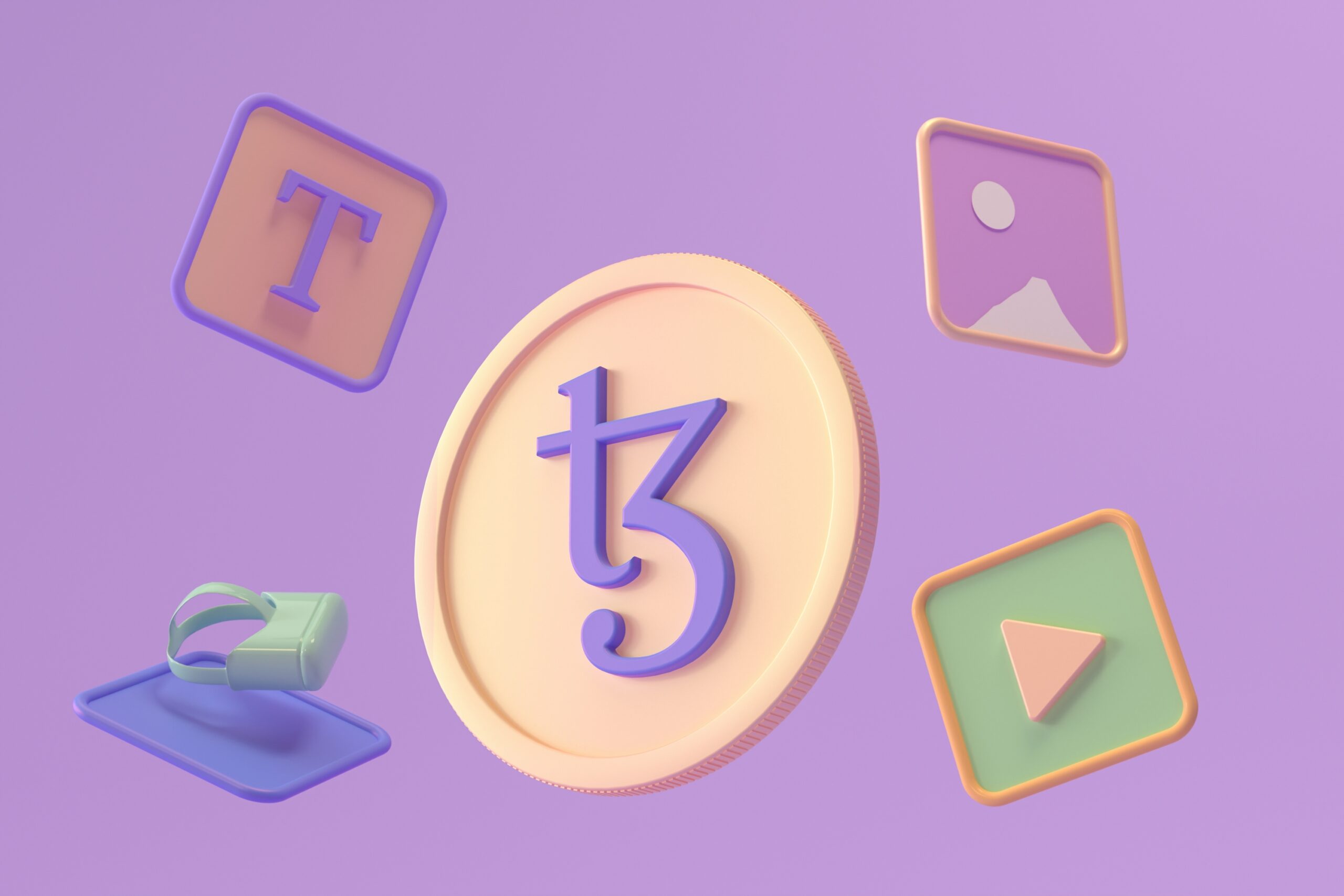NFTs: The Good, the Bad, and the Ugly

The Non-Fungible Token (NFT) space is a huge one and one that is growing at an exponential rate. The total value of all NFTs transactions worldwide increased by an incredible 21,350% in 2021, taking the market value to more than $17 billion, according to a report. For context, in 2020 the market value was just $82.5 million.
An NFT is a digital token that represents intangible, digital items only. These items include art and audio files, as well as virtual real estate, virtual worlds, and even virtual fashion.
Effectively, an NFT gives you ownership of a digital asset. It is predicted that the current NFT trend is only going to grow and soon, the whole world will be tokenized and given a digital value. But what are the pros and cons of the current NFT system? Here’s everything you need to know about NFTs: the good, the bad, and the ugly.
Who Determines the Value of NFTs?

The main factor determining the value of an NFT is relatively unconventional. There is no market value or no overarching recommended retail price for certain tokens. Instead, the biggest factor determining the value of NFTs is how desirable it is in the marketplace. Its value is directly related to the desire of the consumer.
However, supply and demand is not the only factor taken into account when determining the value of NFTs. Cultural significance, the financial situation within a community, as well as the rarity, utility, and roadmap of the NFT itself are all important.
NFTs are widely associated with big numbers due to media coverage. However, it is only the top 1% of NFTs that have attained million-dollar sales figures. When Justin Bieber purchased the Bored Ape NFT for $1.3 million, it attracted worldwide media attention, for example. But the other 99% of NFTs are more reasonably priced and more accessible to the everyman.
The Good
Those most well-known, blue-chip NFTs (such as CryptoPunks, Bored Ape Yacht Club, and CyberKongz) have great teams behind them. Some NFT Clubs work hard to foster a sense of community and offer significant benefits to their members and token holders.
Club CPG is a great example of this, intersecting between the consumer and the NFT industry to create a marketplace that is welcoming. Just some of the advantages they offer include access to a private telegram chat, direct access to a community of crypto and consumer mentors, mentees, and influencers, and access to exclusive Club CPG events.

Another positive is that the NFT system is, theoretically at least, accessible to everyone. While the art and fashion worlds, for example, are historically elitist with limited access, the NFT systems are much more open and democratic.
You don’t need the support of a network, gallery, or high-profile critic to sell your art in the NFT world. You just need the members of the public that would buy the tokens for your art to like it. This is a seismic shift and one that is both significant and beneficial to many creators that need a way into the market and to show their creative skillset to a bigger audience.
Finally, the future of NFTs has endless possibilities. NFT has the potential to be an incredibly vast market and one that will revolutionize how we shop for anything. There are even NFT marketing agencies that specialize in helping businesses leverage the power of non-fungible tokens to promote their products and services.
This could have a significant impact on the counterfeit market. Brands could provide NFTs of their products, alongside the tangible product, to prove that the product is genuine. This could ultimately put an end to the highly lucrative yet damaging counterfeit market.
Just one thing to keep in mind while trading in NFTS is the tax implications of it. As NFTs gain popularity in the digital realm, it is crucial to stay vigilant about the evolving tax landscape, as several countries have implemented taxes on NFTs. Staying informed and understanding the tax implications associated with NFT transactions is essential to ensure compliance and avoid potential financial ramifications.
The Bad

While there are benefits of the NFT market, there are also many drawbacks to the system in its current incarnation. Right now, many NFTs are simply too expensive for the average person to purchase, and this leads to counterfeiting problems. Copies of NFTs can devalue the token itself and hurt the creators that designed them.
Another drawback of the NFT market is that it is not very liquid right now. If you own a valuable token, you might find that it’s difficult to sell the asset. This is because there are more sellers than buyers, so there is a smaller pool of buyers available for each asset.
While this is bad news now, there is hope for the future. As the NFT market grows, the value of tokens and the number of people available to purchase them will also increase. This means that this current flaw in the NFT market might reverse.
Of course, another issue people have with cryptocurrency in general is its negative environmental impact. While it is hard to estimate the damage that crypto mining has on the environment, there is no denying that the industry consumes a lot of energy.
The Ugly

Just like with any market that grows at a rapid rate, there are many scammers keen to make a quick buck from the NFT market. A prime example of this is the Evolved Apes token system, which became registered on Opensea, at which point the head of the project vanished, taking 798 Ether (roughly $2.7 million) with him.
The fast-paced nature of the NFT industry means that this problem could become a significant one. Some people could become hurt if they choose to invest in the wrong system. Luckily, the flaw in the system has been recognized, and significant work is underway to counterbalance it.
Like any investment, it’s still hard to tell which NFTs will be successful and which ones will not. But with money pouring into the system from all angles, it will be an investment that is simply too tempting to resist for some.
Related articles
Visualize your design Use a product mockup to showcase your design


Create your design Use our templates to create delightful designs for any medium


